How A Frozen Food Company Achieved A 200% Capacity Increase Through A Customized Production Line
In today's fiercely competitive food processing industry, capacity, operational efficiency, and consistent product quality are essential factors that determine whether a manufacturer can thrive and grow. Companies face increasing pressure to meet rising consumer demand, adapt to new product varieties, and comply with ever-tightening food safety regulations. For many, their existing production lines become bottlenecks that limit growth and increase operational risk.
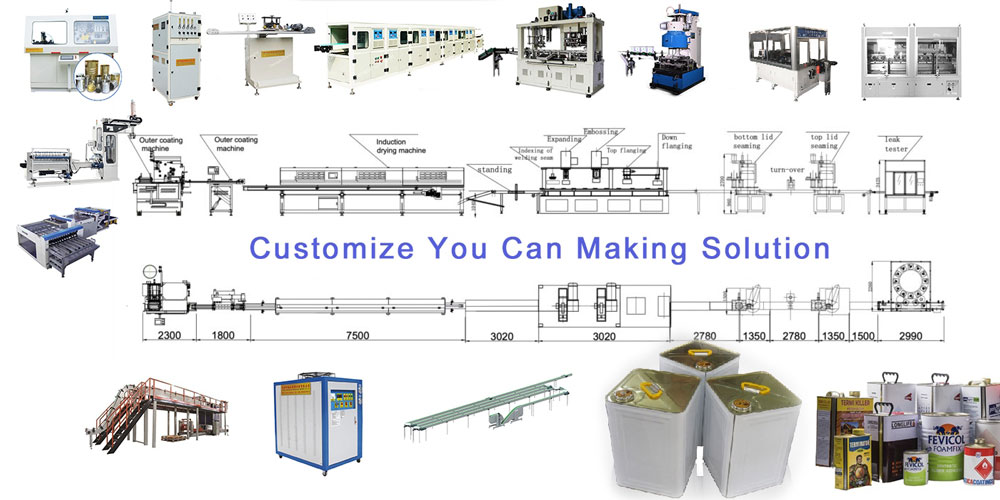
This case study explores how a mid-sized frozen food manufacturer in Southeast Asia successfully doubled their production capacity, significantly reduced labor costs, improved product consistency, and completed a comprehensive factory automation upgrade in just a few months. Their story provides practical insights and actionable lessons for food enterprises considering similar modernization efforts.
1. Customer Background: Facing Capacity Constraints and Operational Challenges
The customer is a medium-sized manufacturer specializing in frozen convenience foods — including frozen buns, dumplings, fried chicken pieces, and assorted quick snacks. Their annual revenue is approximately RMB 100 million (~$15 million USD), with products primarily supplied to domestic restaurant chains and supermarket retail channels.
Over recent years, demand for their products grew steadily, and especially with clients requesting customized recipes and packaging sizes, the pressure on their production lines intensified. However, the company’s existing semi-automated production line faced multiple challenges:
Production Capacity Bottleneck: Heavy reliance on manual labor in key processes meant daily output was capped at around 8–10 tons, limiting their ability to scale quickly.
Frequent Equipment Failures: Aging machinery suffered from frequent breakdowns, leading to an average of 6 hours per week of downtime for repairs and maintenance.
Quality Inconsistencies: Many quality-critical parameters such as cooking temperature and steaming time were manually controlled, leading to batch-to-batch variability and occasional customer complaints.
High Labor Costs: Nearly 30 operators per production line were needed to keep the line running smoothly, making labor a major contributor to operational expenses.
The company’s management team recognized that without upgrading and modernizing their production line, their growth trajectory would be severely limited and they risked losing competitiveness in a rapidly evolving market.
2. Customized Production Line Solution: From Process Analysis to Systematic Upgrade
After receiving the inquiry, our engineering team conducted an extensive on-site assessment, including:
Detailed workflow analysis of raw materials, cooking processes, cooling, packaging, and logistics
Factory space and utility infrastructure survey
Interviews with operators and supervisors to understand pain points and improvement targets
Review of historical maintenance and quality data
Based on these insights, we developed a comprehensive “automation + modularization” production line upgrade plan tailored to meet their immediate needs and allow future scalability. The key components included:
2.1 Automated Raw Material Handling and Preprocessing System
Installation of automated feeding conveyors coupled with air separators to remove impurities and drum washers for thorough cleaning.
Modular design allowed separate treatment lines for different raw materials such as leafy vegetables and various meat cuts.
This automation replaced labor-intensive manual sorting and washing, increasing throughput and improving hygiene standards.
2.2 Precision Cooking and Thermal Processing System
Replacement of batch-style fryers and steamers with continuous fryers and steam heating tunnels featuring intelligent temperature control.
Real-time monitoring of cooking temperature and time allowed tight process control, reducing undercooked or overcooked product incidents.
The cooking modules were designed with quick-change features to accommodate different recipes with minimal downtime.
2.3 Smart Cooling and Rapid Freezing System
Upgraded from static cooling to spiral coolers and tunnel freezers, achieving faster and more uniform cooling.
This system cut cooling cycle times by approximately 80%, reducing bottlenecks and improving overall production flow.
Rapid freezing technology helped retain product texture, flavor, and color — critical for customer satisfaction.
2.4 Flexible Multi-Specification Filling and Packaging Line
The packaging line was engineered for flexibility, enabling one-touch switching between different bag sizes, combo packs, and tray packaging.
Integrated metal detection, automated weighing, heat sealing, and label printing modules ensured compliance with food safety regulations.
The system was designed for fast format changeovers (under 5 minutes), supporting smaller batch runs and custom orders without significant productivity loss.
2.5 Centralized Control and Digital Factory Management Platform
A centralized PLC-based control system linked all modules, providing real-time equipment monitoring, fault detection, and process control.
The system architecture was future-proofed to allow integration with higher-level Manufacturing Execution Systems (MES) and Enterprise Resource Planning (ERP) platforms.
Data logging and reporting features enabled traceability and facilitated quality audits.
3. Implementation Timeline and Process: From Concept to Commissioning in Four Months
The entire upgrade project followed a structured schedule to minimize operational disruption:
3.1 Design & Fabrication Phase (1.5 Months)
Completed detailed engineering drawings and production line layout based on client’s factory footprint.
Manufactured custom machinery and conveyor systems.
Invited client representatives for on-site factory acceptance testing (FAT), allowing them to experience equipment operation and provide feedback to optimize the final design.
3.2 Installation & Commissioning Phase (1 Month)
Our technical team led installation and system integration efforts on-site, working closely with the client’s maintenance and production staff.
Overcame challenges such as factory ceiling height restrictions, power supply limitations, and complex ductwork routing.
Installed all safety features and conducted rigorous testing of all automated sequences.
3.3 Training & Handover Phase (0.5 Month)
Delivered multiple training sessions for operators covering safe machine operation, basic troubleshooting, and routine cleaning protocols.
Provided in-depth maintenance training for engineers and supervisors, including preventive maintenance schedules and digital monitoring system usage.
Supplied comprehensive operation manuals, maintenance guides, and digital logs for quality and compliance documentation.
4. Results and Business Impact: Dramatic Improvements Across the Board
After six months of continuous operation with the upgraded line, the client reported exceptional improvements across multiple key performance indicators:
| Metric | Before Upgrade | After Upgrade | Improvement |
|---|---|---|---|
| Daily Production Volume | 10 tons | 30 tons | +200% |
| Number of Operators | 30 | 10 | -66% |
| Monthly Downtime | 26 hours | 6 hours | -77% |
| Product Yield Rate | 92% | 98.7% | +6.7% |
| Cost per Ton | RMB 1,250 | RMB 980 | -21.6% |
| Product Format Changeover Time | 30 minutes | 5 minutes | -83% |
Operational Benefits
Capacity Expansion: The client was able to triple their daily output without increasing floor space or significantly raising overhead.
Labor Efficiency: Staffing requirements dropped dramatically due to automation of repetitive manual tasks, reducing labor costs and turnover.
Consistent Quality: Automated temperature and process control significantly reduced product defects, improving customer satisfaction.
Energy Efficiency: Use of modern motors, variable frequency drives, and optimized process flow cut overall energy consumption per unit by over 20%.
Agility: Faster packaging changeovers enabled rapid response to market demand and customization requests.
5. Client Testimonials
“Before this upgrade, we were constantly firefighting — frequent breakdowns and inconsistent product quality kept us on edge. Now, the line runs smoothly and automatically records data, making traceability and quality management much easier.”
— Mr. Li, Plant Manager
“Our operators have more focused roles now. The automation lets them concentrate on quality control instead of repetitive manual work. This has boosted both efficiency and employee morale.”
— Production Supervisor, Ms. Zhang
6. Lessons Learned: Why Customized Production Lines Are a Strategic Investment
This success story demonstrates that customized production lines are not just expensive investments but smart and strategic moves that pay off quickly through efficiency gains and cost savings.
Key takeaways for food manufacturers contemplating upgrades:
Match equipment to product specifics: Avoid generic “one-size-fits-all” solutions that cause inefficiencies.
Design for flow and integration: Ensure seamless handoffs between process stages to eliminate bottlenecks.
Prioritize flexibility: Modular and adjustable machinery lets you adapt to changing product lines and packaging formats with minimal downtime.
Invest in digital control and data systems: Real-time monitoring and traceability are critical for quality and compliance.
Plan training and maintenance upfront: Empower your staff to operate and care for equipment effectively.
7. Are You Ready to Upgrade Your Production Line?
If you face challenges like:
Orders exceeding your current capacity
High labor costs and turnover
Frequent equipment breakdowns
Product quality inconsistencies
The need for faster new product or packaging launches
It may be time to consider a customized production line upgrade.
Our team specializes in designing and implementing end-to-end food processing solutions tailored to your unique needs, whether you produce frozen foods, sauces, fruit and vegetable products, or canned goods.
8. What We Offer
Comprehensive consultation and feasibility assessment
Tailored design and engineering services
State-of-the-art equipment manufacturing and integration
On-site installation, commissioning, and training
Long-term technical support and spare parts supply
Scalable solutions for future growth and digital factory integration
Contact us today for a free production line diagnostic and explore how our customized solutions can help you unlock your factory’s full potential.
Must-Read Blogs For Chain Restaurants Owner

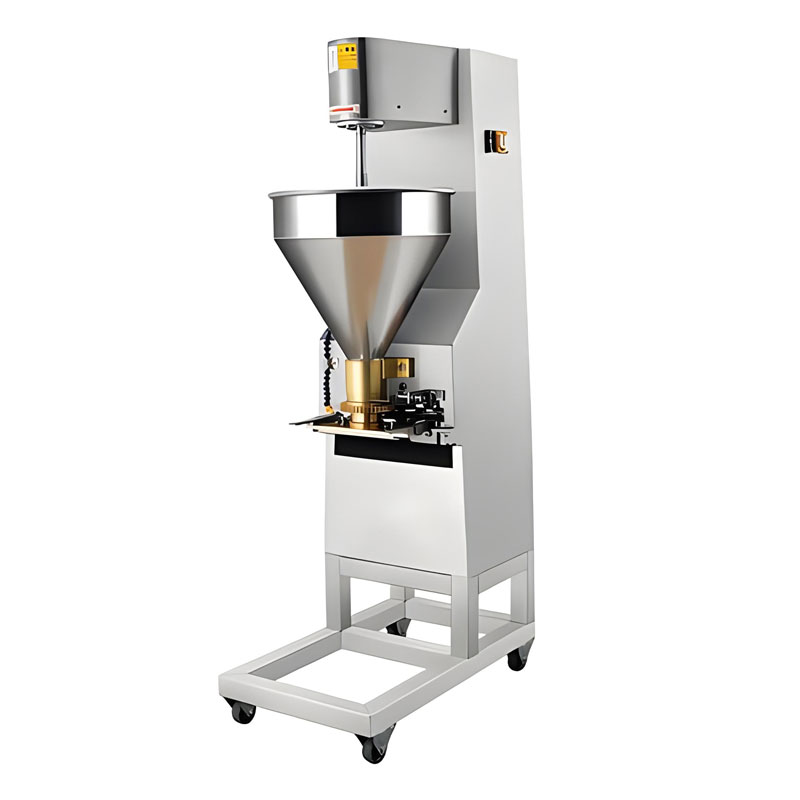
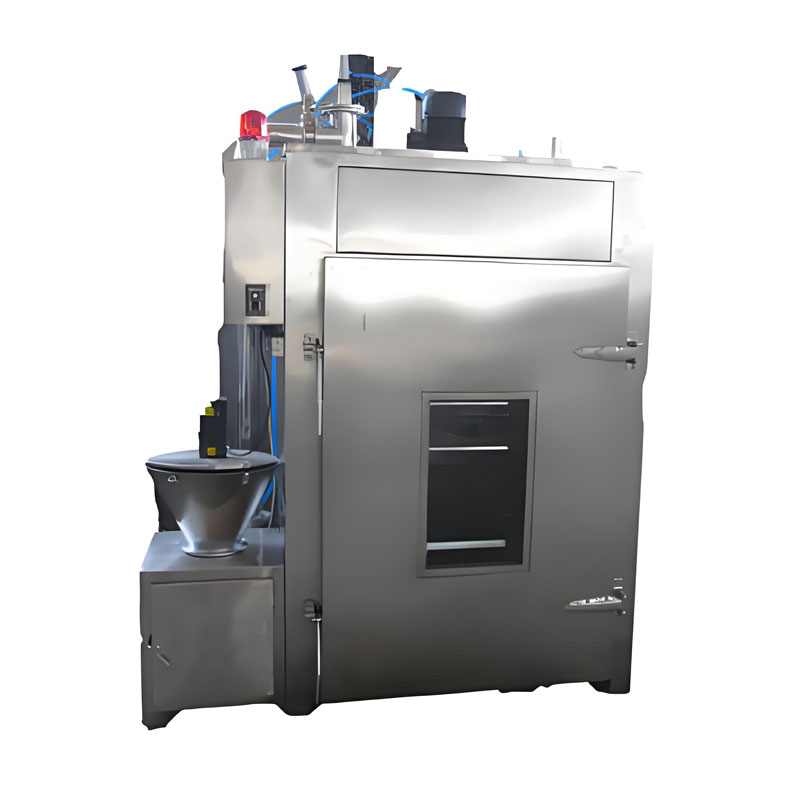
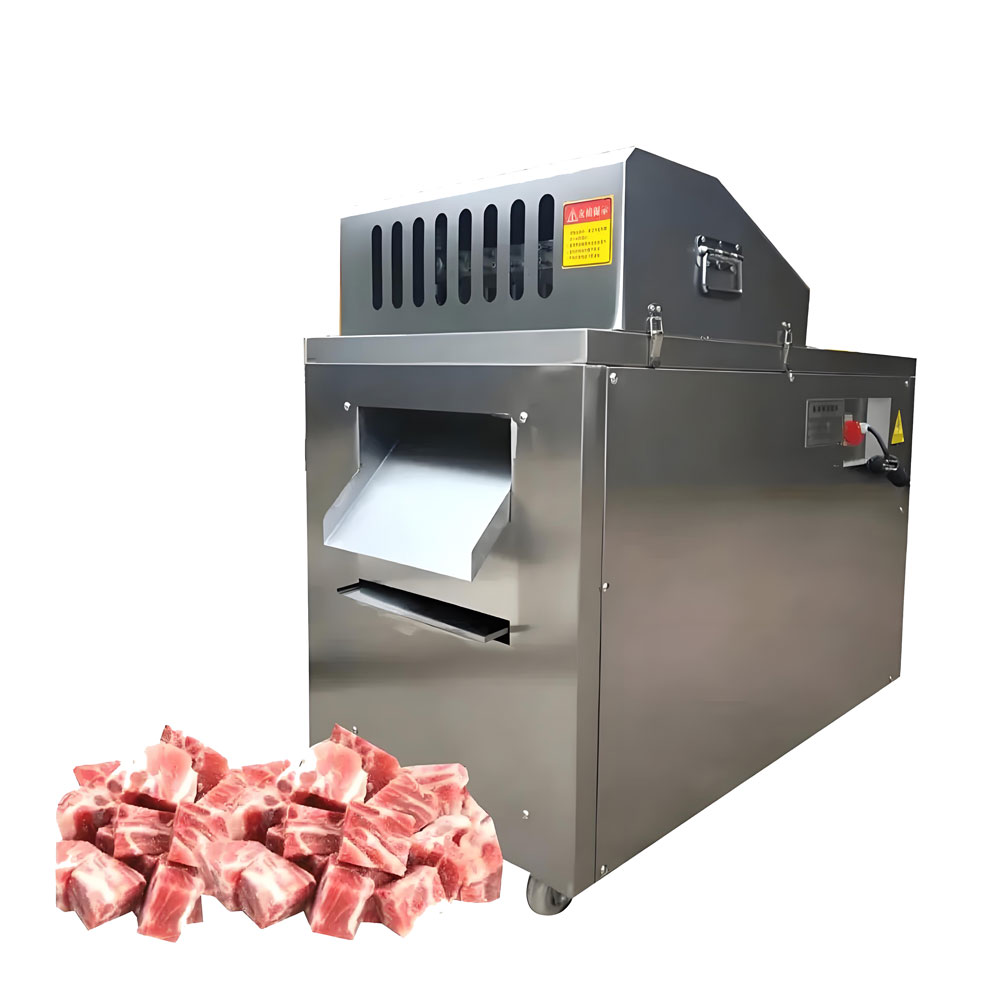

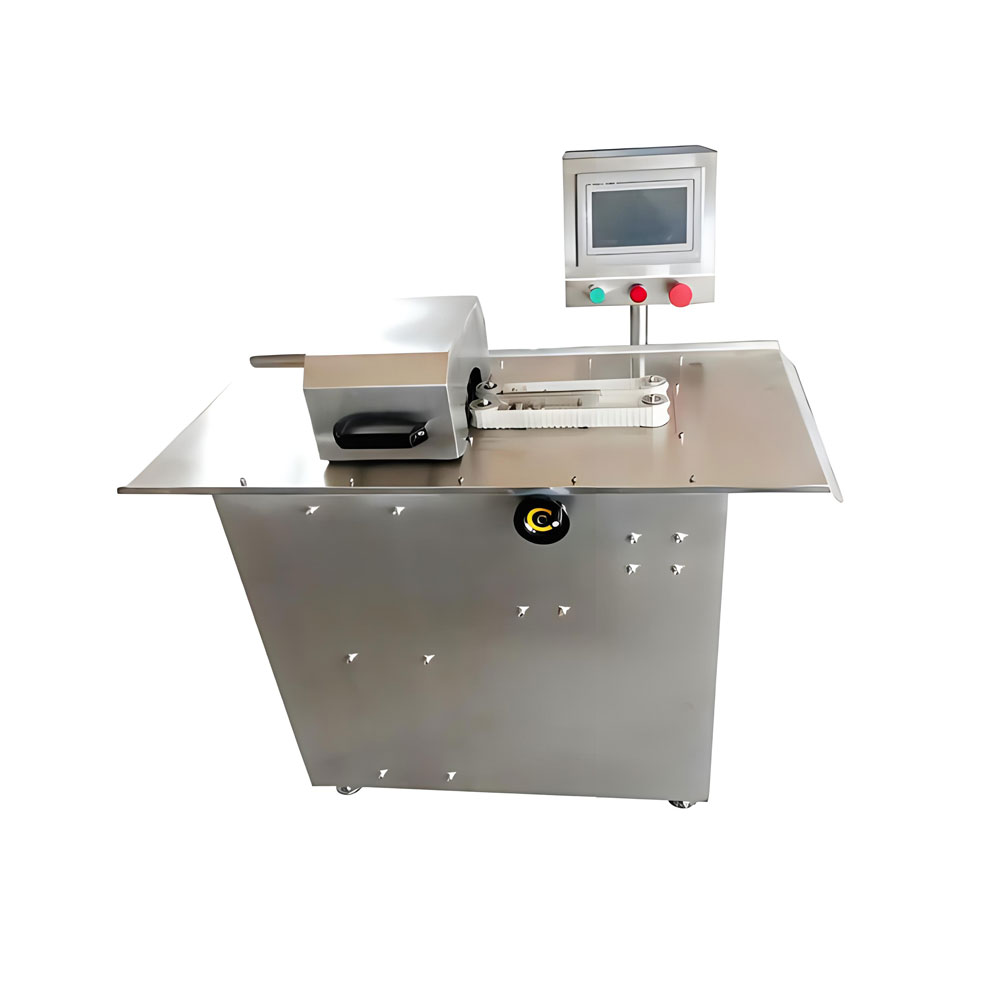
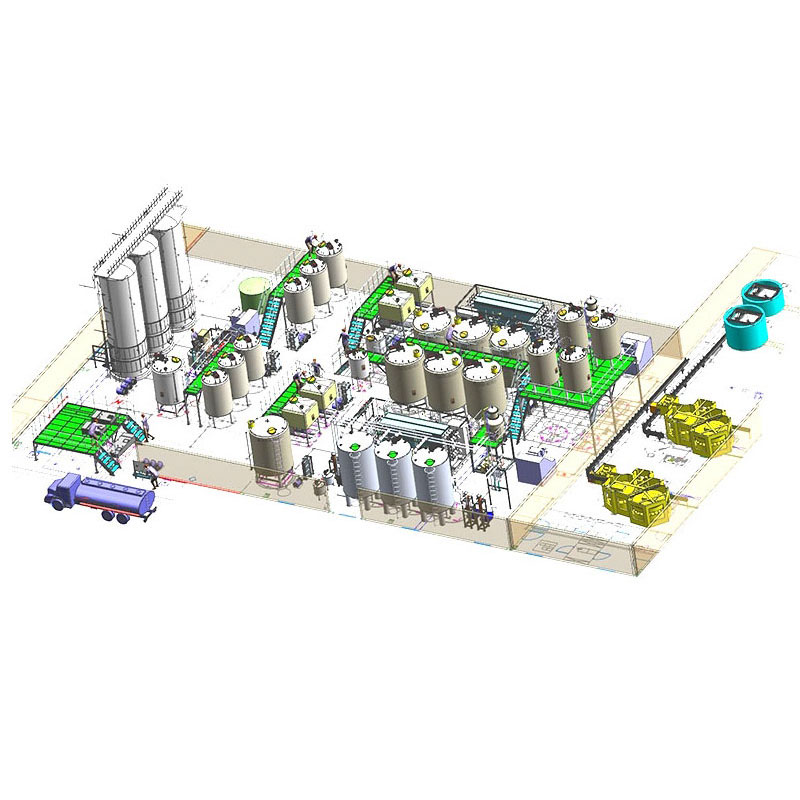
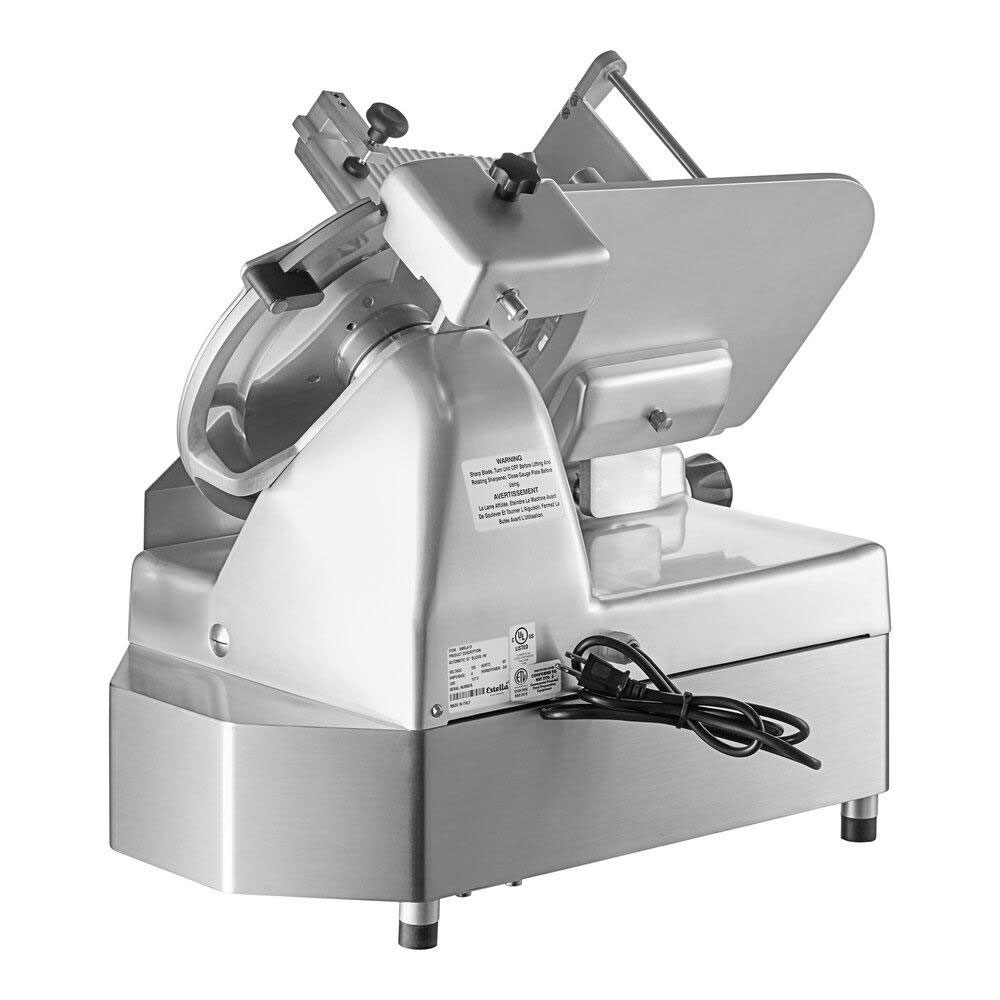
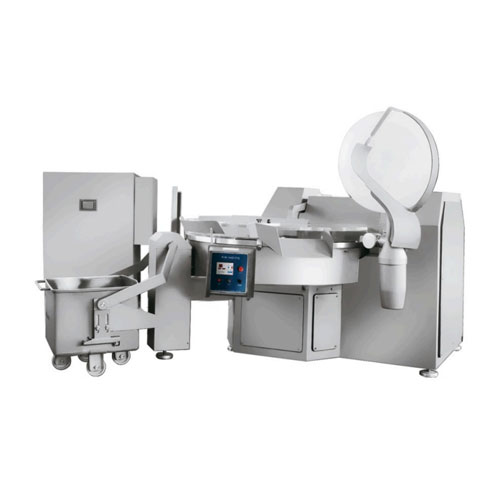
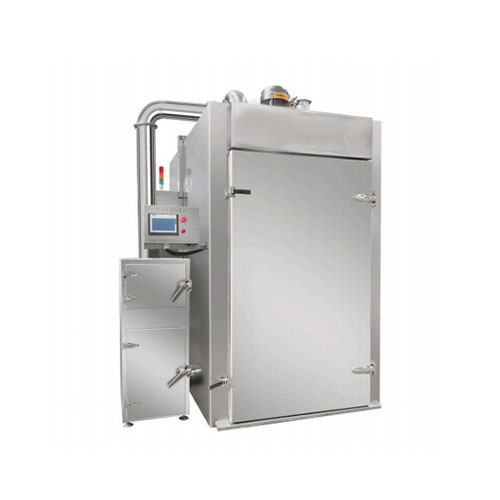
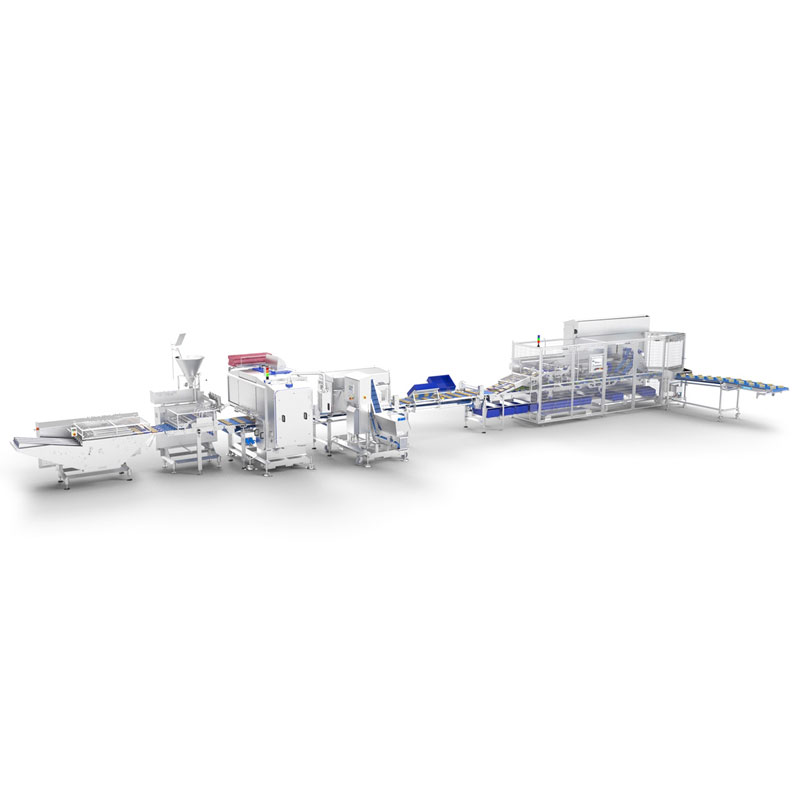
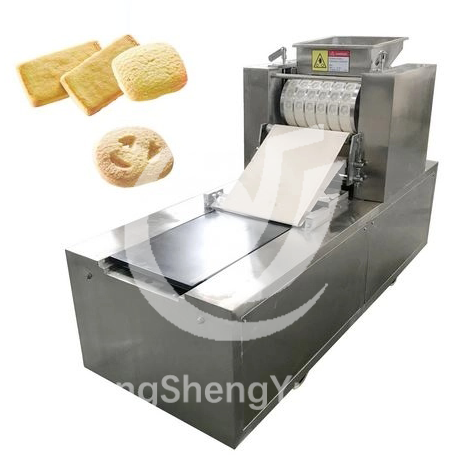 Biscuit Making Equipment
Biscuit Making Equipment Carrot Processing Line
Carrot Processing Line Cake Production Line
Cake Production Line Hard Candy Production Line
Hard Candy Production Line
Ready to Get Started?